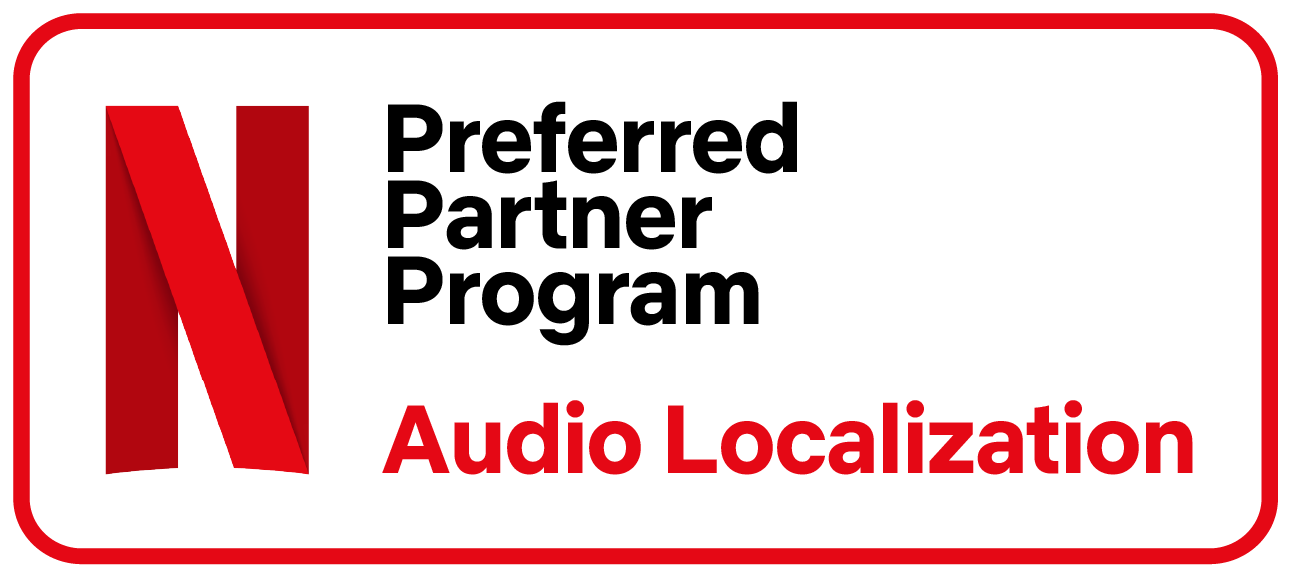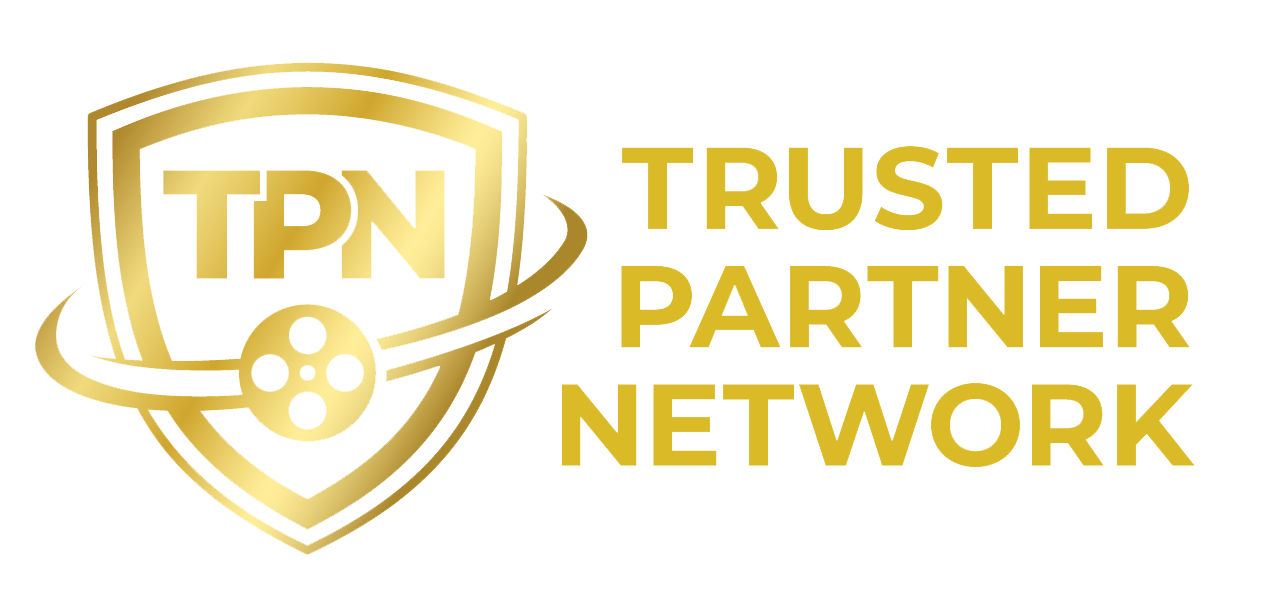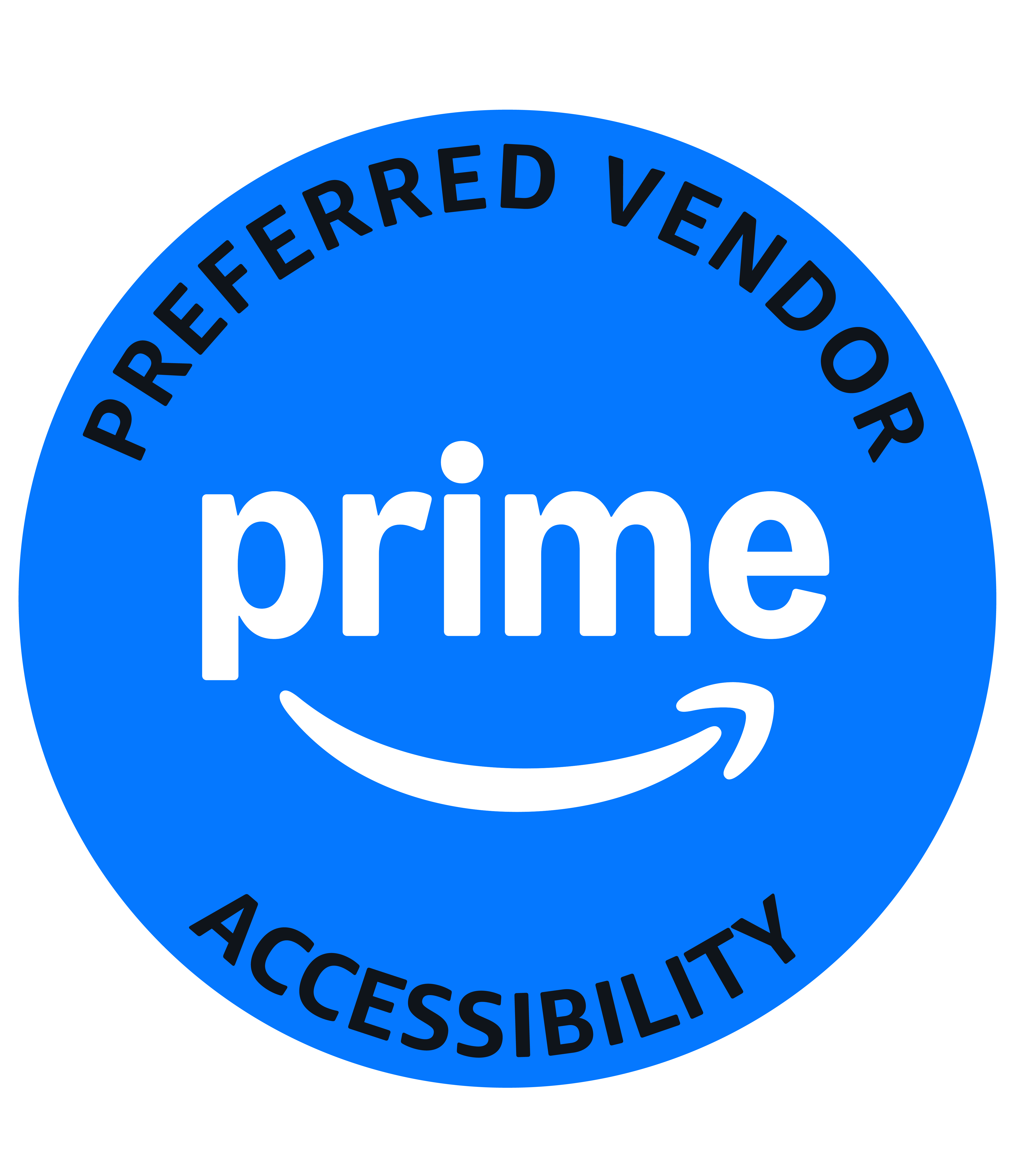By Rhys Lloyd, Studio Head, Descriptive Video Works
Descriptive Video Works' Rhys Lloyd explains how to implement audio description to make your game more accessible
Every gamer wants to escape the world they're in, and immerse themselves in a new reality. That's the magic of video games. Gamers from the accessibility community -- people with disabilities, such as blind and low-vision players -- want that same immersive experience.
The video game industry has been taking huge strides toward increased inclusivity and accessibility. It's a hugely powerful, vital movement -- with one gamer's reaction to accessibility settings in The Last of Us Part II going viral. Not only is accessibility the right thing to do, it's also a whole market of people that are hungry for more content.
Descriptive Video Works are experts in making video accessible with audio description services -- and we've become increasingly involved in the gaming sector this past year. There is so much potential in this space for a more accessible, inclusive player experience.
In 2020, our team provided audio description for trailers such as Assassin's Creed Valhalla, Ghost Recon Breakpoint, Far Cry 6, Scott Pilgrim, Prince of Persia and Immortals Fenyx Rising. We have also had the opportunity to support live events like Geoff Keighley's The Game Awards last December.
DVW has always advocated for accessibility, but there is still more work to be done. Right now, many developers are asking the basic questions: where do we start? How can accessibility be implemented in various aspects of a game?
Let's take a deep dive into accessibility, to find out why people want it, need it, and what exactly developers can do to deliver a more inclusive experience for all.
The importance of audio
Audio is the key experiential aspect of gaming for blind and low-vision players -- particularly directional sound. That's why in-game audio should be well supplemented with narration, explaining exactly what is happening on screen, similar to the services provided for movies and television.
Essentially, we achieve this through audio description -- additional voiceover that describes what is happening in the scene visually. This is usually communicated through natural breaks in the audio or -- less commonly -- by pausing the media while the description is spoken out.
Audio description can provide a more satisfying and immersive gaming experience for blind or low-vision players; it uses evocative language to paint the picture of the world of the game, the description of the room, the look of the characters, and the unspoken ways in which they interact.
Every single detail allows blind and low-vision players to lose themselves in the game and feel like the characters they are portraying. Audio description engages the imagination of the gamer in a deeper way than the game's sound provides.
Audio description can be used for menu screen description (i.e. enhancing the experience of the avatar description), cutscenes, cinematics, and transitioning to dynamic gameplay.
Introducing audio description
The audio description process is not as simple as it may sound. The description needs to be informative, expressive, and illuminating to allow unsighted gamers into the world. Effective audio description needs to consider what to describe, how to describe it, the overall tone, and the use of language style and delivery, so it is best to bring in specialists in this area.
Linear, narrative audio description services are best incorporated at an early stage of development to be evaluated in concert with the game development, however for cutscenes and cinematics the work can commence even at late stages of game development.
If, however, the aim is to build a truly dynamic game experience where the players movements trigger new description, it is essential that audio description services are incorporated harmoniously with the game from the outset of development.
The biggest challenge with most trailers, especially a visually rich one like Assassin's Creed Valhalla, is fitting accurate descriptions into the small gaps between voiceovers, dialogue, and important sound effects. Our job is to bring maximum impact with minimum syllables. We carefully choose what to describe and how to describe it.
Finding your voice
There is an art to choosing the right narrator for a project. For each Ubisoft title we have worked on, we chose a different narrator voice that contrasted with the existing voiceover or main characters. We wanted to ensure that it was easy to differentiate between the audio description and the game sound, and respect the tone and feel of the trailer.
We have a diverse team of professional narrators, so we can choose the right voice type, tone, and accent for each project. Every narrator has been trained in the subtle readings required for AD and can bring the right feel to any genre. It is also why we only use human voices -- no synthetic voices. Sometimes real human emotion is required for it to really fit the atmosphere.
The Far Cry 6 trailer features Giancarlo Esposito from Breaking Bad. We used the same AD narrator for the Far Cry 6 trailer as we did for all five seasons of Breaking Bad! We didn't select the narrator for Far Cry 6 because they had voiced the audio description for Breaking Bad -- we actually figured out the connection later. This person was the perfect voice for both projects, and our team recognized that.
Staying true to game canon
When scripting the audio description, it's important to identify key game dynamics, narrative points, and the 'canon' of your universe. These are the 'must-haves' in any script.
Ubisoft, for instance, was very hands-on with the audio description process. First, we had a conversation about what needed to be written into the AD so we would be sure to include the details and Easter Eggs that everyone would be talking about. We wanted to make sure that our AD audience would be able to participate in those conversations.
One of the Assassin's Creed Valhalla trailers -- the gameplay preview -- has a glimpse of the main character holding a cat. Ubisoft wanted to make sure that we included those kinds of details because they knew they would be the subject of conversation. There are a lot of gamers that are focused on which games let you have pets.
The original Valhalla trailer had several Easter Eggs they asked us to include in our audio descriptions. One of the most important ones was a nod to an Assassin's Creed trope: the hidden blade. In past titles, the blade has been on the inside of the assassin's arm; on this version, it is on the outside. Sighted fans of the franchise would be able to see this and be talking about it, so we made sure it was included in our audio description as well.
Identifying these 'must-have' game elements and including them into the audio description is crucial. Your low-vision audience can then better understand the environment they are interacting with, and enjoy the story of the game more. It is all about making sure everyone has equal access to enjoy the entertainment they love.
Aligning with the accessibility community
Above all, we must always strive to be aligned with blind and low-vision players' needs. Brandon Cole, a leading blind accessibility advocate and consultant specializing in video games, sums up the importance of community feedback rather well:
"When the audio description is really good, I feel like I might as well have seen the movie or show it was a part of. For me, it is a hugely important part of my consumption of media. As an accessibility consultant, I do what I can to help them along, by working with developers to think of creative ways they can implement mechanics so that a blind player can be as lost in a game as a sighted player... I see audio description as the final step in ensuring blind gamers are as immersed in, and understand just as well, the enormous and often beautiful worlds presented in video games."
All accessibility efforts targeting blind or low-vision players should be evaluated by blind or low-vision gaming consultants, to ensure content is both inclusive and exciting.
As the video game industry takes steps toward inclusivity, we feel that audio description is the next step on this journey and that accessibility is going to be one of the defining trends of 2021. It's just a matter of which video game companies are going to lead the way.
Originally published on the gamesindustry.biz: Developing games for low-vision players!




